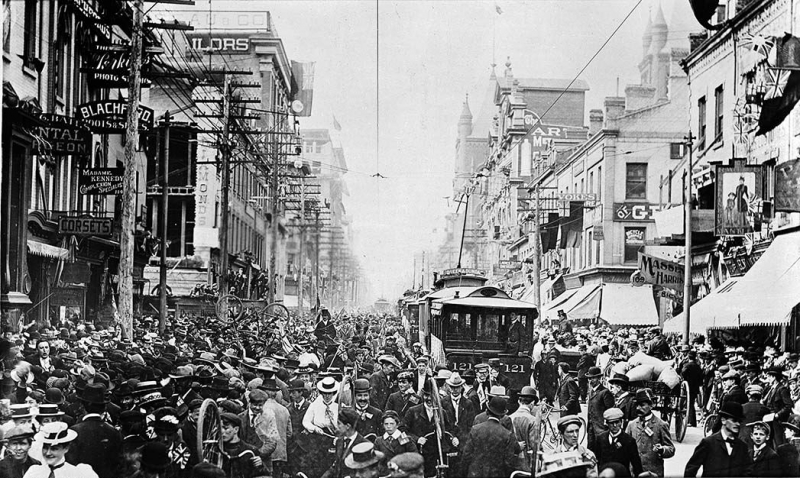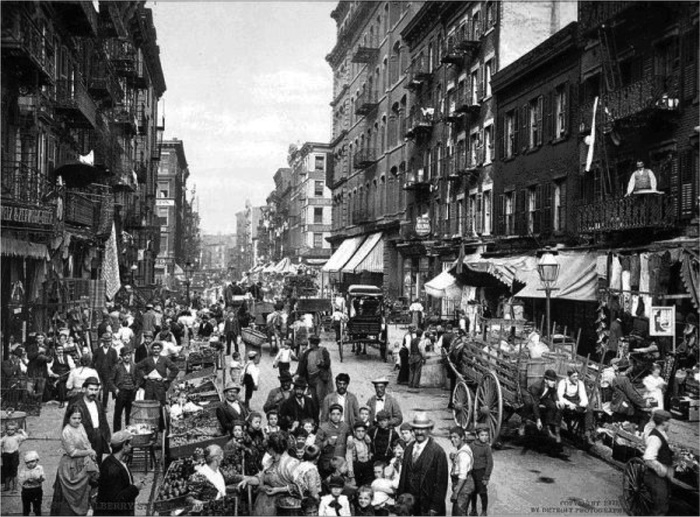Urbanization
The population transfer from rural to urban regions, the concomitant decline in the number of people living in rural areas, and the ways in which societies adjust to this transition are all referred to as urbanization. As one of major effects of the Industrial Revolution, urbanization is primarily the process by which towns and cities are created and enlarged as more people move into urban centers to live and work.
This relationship was finally shattered with the beginning of the British agricultural and industrial revolution in the late 18th century, and over the course of the 19th century, both through continued migration from the countryside and due to the tremendous demographic expansion that occurred at that time, there was unprecedented growth in the population of cities.
In England and Wales, the percentage of the population residing in cities with a population of more than 20,000 increased from 17% in 1801 to 54% in 1891. By using a broader definition of urbanization, it can be seen that whereas the urbanized population in England and Wales made up 72% of the total in 1891, it was only 37% in France, 41% in Prussia, and 28% in the United States.
Workers flocked to the new industrial cities like Manchester and Birmingham that were experiencing a boom in commerce, trade, and industry as they were liberated from working the land due to improved agricultural production. Growing international trade also made it possible to import frozen meat from South and Australasia and cereals from North America. Cities also grew spatially as a result of the development of public transportation networks, which made it easier for the working class to commute over larger distances to the city center.
According to Britannica, in 1801, about one-fifth of the population of the United Kingdom lived in towns and cities with 10,000 or more inhabitants. Two-fifths of the population had reached this level of urbanization by 1851, and more than half of the population could be considered urbanized if smaller towns with a population of 5,000 or more were taken into account. The first industrial society in the world had also developed into the first one that was genuinely urban. By 1901, the year of Queen Victoria’s death, the census recorded three-quarters of the population as urban (two-thirds in cities of 10,000 or more and half in cities of 20,000 or more) (two-thirds in cities of 10,000 or more and half in cities of 20,000 or more). As industrialization advanced, the pattern was replicated first on a European and later global level.









